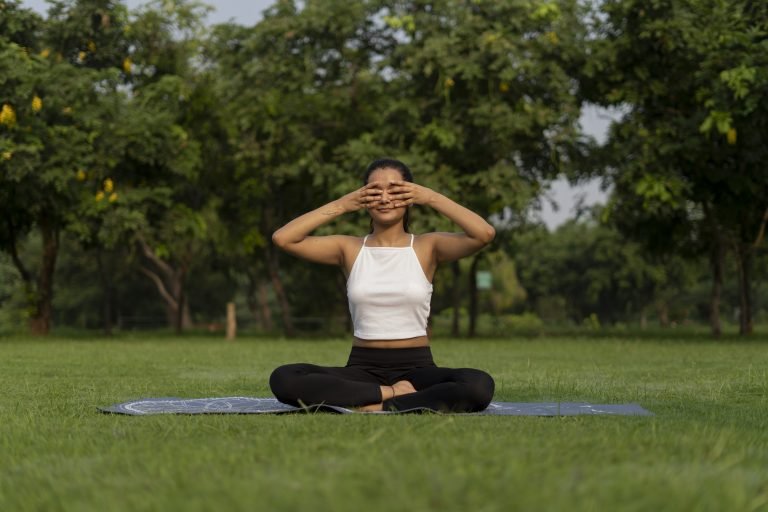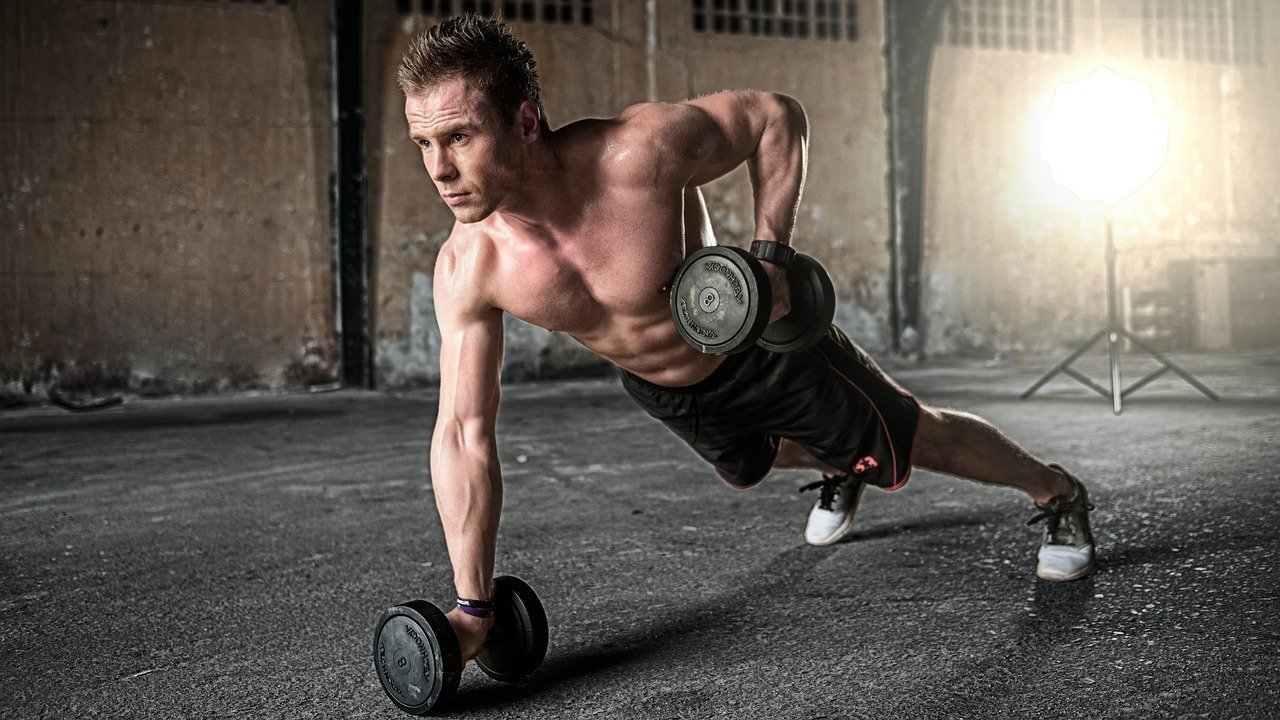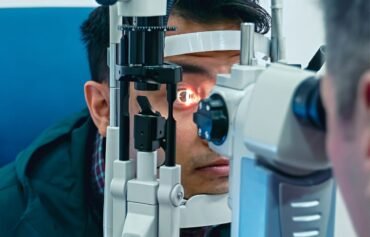What Is Pranayama?
The Prana (Breath) is the energetic force in every existence. Pranayama (Yogic Breathing) is a constitutive and fourth step of Akhanda Yoga, an interwoven form of Yoga.
The pranayama originated from two Sanskrit words Prana and Ayama. Where prana means Energy, Ayama means prolongation. So the word meaning of pranayama is the prolonging of pranic energy.
Pranayama is a breathing approach that gives you control over your body as well as your mind. Pranayama in itself could be veritably different. There are several tricks and sequences for doing pranayama. You could opt for the one that best suits you, your body type, physical health, and life.
During normal breathing we are using only half of the lungs for breathing, one can fluently understand this by holding a deep breath. During the practice of pranayama, we are utilizing at least eighty percent of our lungs. As the utilisation of the lungs, the pure oxygen entering to blood incontinently increases, so each blood cell increases its effectiveness, so the whole body gets advantaged.
Naturally, our thoughts and breathing have primary interaction, when we are angry or unrestful, the number of breathing per minute rises fast, which everyone is enduring in day-to-day life. By regulating the breathing one can control the feelings and gratuitous thoughts, this is achievable exclusively through the practice of pranayama.

How To Practice Pranayama?
The best way to practice pranayama is to sit facing east during daylight, and west during the evening. Maximize the benefit by doing it at any natural place like a hill, garden, or near a waterway from where you can watch the sun.
Make sure the spinal column is straight, equal distance between each caricature, the anterior side upraised, both the chest in an even line with each other, and no strain in the neck muscles. The smart way is to perfect padmasana, if it is difficult, you may proceed with siddhasana, sukhasana, vajrasana o,r veerasana. If all these are challenging you can sit on a chair with both bases placed stiffly on the ground and a straight back.
Pranayama has 3 ways they are –
1. Pooraka (Inhalation)
2. Rechaka (Exhalation)
3. Kumbhaka (Retention)
By breathing completely inhalation – retention – switch nostril – exhalation – retention, prana can be inversely assigned between your right and left brain and meridians.
Let the breath inflow easily, and observe the breath. Once the breath sets and you feel good, place a mudra of your choice and start doing the pranayama of your choice.
The introductory pranayama breathing is Anulom Vilom (Anuloma Pranayama) which involves deep and snail-paced inhalation from the left nostril and breathing out slowly from the right one. further, inhale through the right and exhale through the left alternatively.
The relaxed way to practice Pranayama is to antecede it by doing some asanas and succeeded by meditation. The more comfortable you are, the smooth your pranayama practice will be. This way one gets the ultimate advantage of pranayama. Do not practice asanas instantaneously after pranayama. yet, you can practice pranayama after asanas.
Pranayama should be done on a clean stomach. Do not perform pranayama incontinently after a meal or when you are starving. One should not consume or drink anything up to at least 30 minutes of doing pranayama. The same applies to asanas and meditation excessively.
Pranayama must be practised veritably gently and moderately. noway be forceful, aggressive, intolerant, or extreme with pranayama. Increase your duration, rates, and depth of breathing little by little over months and times.
Pranayama’s breathing must noway be overdrawn. In the commencement, not more than 10 – 12 strokes, then tardily accelerating to 20 – 30 iterating three or four times.
Also Read: Do You Breathe the Correct Way? Here are the 5 best breathing techniques for anxiety
What Are The Benefits of Pranayama Breathing?
Pranayama yoga increases the capacity of the lungs, brings more oxygen into the body, and activates all the cells of the body. Although pranayama is associated with breath, it is channelised energy that regulates both the mindful and insensible functions of the body. Trusted source
Here are some of the best aspects of regular pranayama –
Pranayama helps enrich lung capacity
When you exhale during pranayama practice, the very lowermost part of the lungs becomes clean. numerous untreated particles enter our lungs with our breath. Gravity pulls it to the smallest end of the body. However, the function of the lungs will be disintegrated, If it stays there for a longer time. But pranayama can also bring out the last bit from the deepest corner of this major organ, making the lungs stronger.
Pranayama Increases strength of mind
The advantage of pranayama breathing is that it can be practised by everyone, adolescent or old, and it is genuinely effective in boosting the strength of the mind. Practising it regularly increases attention. Those who are suffering from depression will profit if they practice pranayama. Pranayama increases awareness as you need to be apprehensive of your breathing and how it feels. You also practice concentrating on the present moment, rather than the past or future.
Pranayama is efficient in busting stress
As your stress increases, so will your physical pangs and pains. Pranayama breathing calms the nervous system and helps you to de-stress, which improves your stress response. Pranayama also helps to increase alertness and attention. As a result, you will get relief from numerous internal and physical problems.
Pranayama enhances cognitive performance
Pranayama breathing may also improve your brain and superintendent function which includes your working memory, cognitive adaptability, and logic proficiency. Pranayama can enhance your perceived standing of stress and your response time. The increased oxygen uptake energizes brain cells which probably plays a part as well.
Pranayama improves physical health
Pranayama breathing improves your physical fitness, making your body slim, strong, and healthy, especially if you practice diverse asanas of yoga along with it. Pranayama balances your digestive system and appetite. The face will glow with enough force of oxygen to the skin tissue.
A Few Pranayama Breathing ways That Are Generally Very helpful For All –
There are predominantly eight types of Pranayama – Nadi Shodhana, Shitali, Ujjayi, Kapalabhati, Bhastrika, Bhramari, Anuloma Viloma, and Sheetkari. Some of which are listed below.
The method for each Pranayama is different and so are the benefits offered by them. Still, the objective of all Pranayamas is to remove adverse toxins from your body and substantiate an affinity between your body and mind.
Bhastrika Pranayama
Bhastrika Pranayama is also known as bellows breath. When practised properly using effective breathing through the nose, this breathing approach removes indolence, clears the nostrils, increases the prana position in the body, and opens up the main channel of subtle vitality in the body (Sushumna Nadi). It is a total energizer.
Bhramari Pranayama
Bhramari pranayama, when practised rightly, is genuinely efficient in soothing the mind, removing restlessness and arbitrary thoughts, and reducing stress. It is very relaxing for the nervous system, and therefore also especially useful for people suffering from stress, anxiousness, high blood pressure, and sleeplessness.
Ujjayi Pranayama
Ujjayi pranayama is also known as triumph breath. When practised rightly it allows one to stretch the breath and make it considerably longer, allowing the body to absorb further oxygen and prana, and to increase one’s lung capacity. When directed to the specific corridor of the lungs (the three lobes of the lungs), it can be used to effectively accelerate one’s lung capacity and also correct one’s way of breathing. This breathing approach is also very good to combine with the practice of asanas (yoga postures) to make the practice more important and thoughtful.
Kapalbhati Pranayama
Kapalbhati Pranayama is a purifying kriya. Kapalabhati is an awful pranayama method. It can be restated as a shining cranium. It provides several great benefits to the upper respiratory system, involving the precluding and cure of acidosis. Kapalbhati pranayama involves active exhalation and yielding inhalation. Though the activity seems simple, it is an intensive procedure that involves speedy breathing and this brings about several changes in your body. It can reduce depression, quiet the mind and boost energy.
How To Learn To Practice Pranayama Breathing?
Yoga is vast wisdom and it is truly advantageous and has great healing potentiality when practised right, but if you experiment or do it incorrectly, it can have adverse effects as well. Thus, it is better to first learn from a proper instructor, and once you have learned you can of course practice it on your own, at home as well.
It is recommended to learn any form of yoga and pranayama breathing ways from an educated and trained instructor under their advice. Learning these from a book or video is venturesome, as it would not be qualified to correct you if you do anything wrong unintentionally. A certain quantity of maturity is, thus, required to duly practice pranayama. Once you have learned correctly, you can practice these on your own whenever you want to.
Pranayama breathing is a yogic discipline by which utmost conditions can be healed. That will ultimately help us to lead a further happy and healthy life. People who practice pranayama tend to grow more cheerful and happy. It increases the vigour and vibrancy of a person to a great extent.






This Post Has One Comment